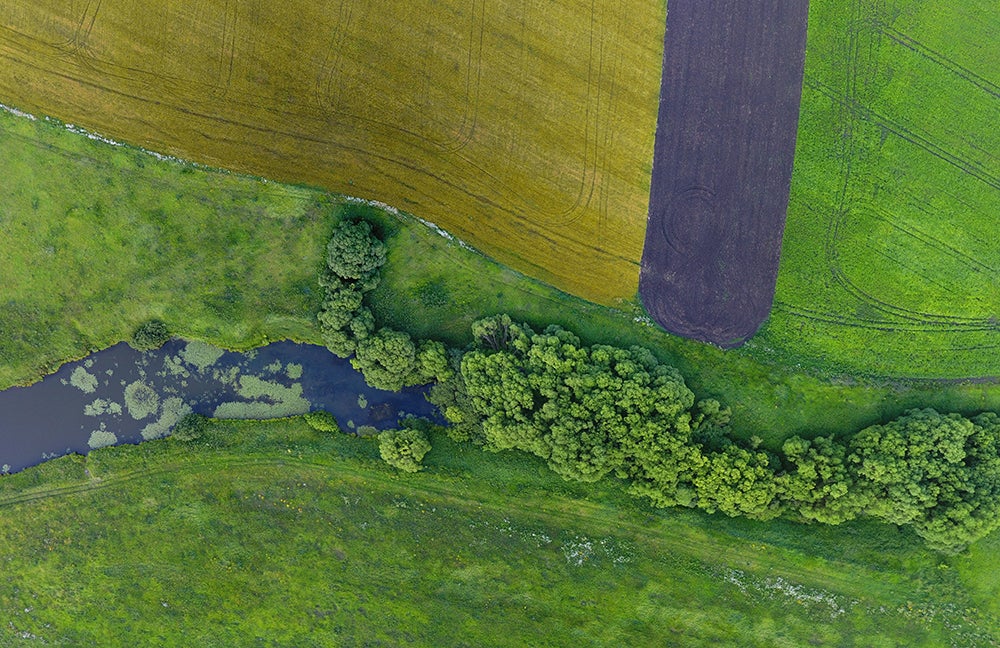Sometime in my youth, I learned about the wordplay that illustrates the danger of making assumptions. For the uninitiated, lets just say that the end-result turns the “assumer,” into the first three letters of the word. So, I try not to make assumptions – at least, not about important stuff. Things like cars stopping for pedestrians in crosswalks, strange dogs not biting – you get the picture.
Still, not all assumptions are dangerous – in fact, some, such as those involved in scientific inquiry are downright necessary. From the simplest of science textbook experiments, to the work behind blockbuster medical breakthroughs, all science is based upon educated assumptions reached though observation, exploration, and testing.
“Leveraging TFI’s new science resources, and in-house scientific expertise, we examined the methods and assumptions within the EWG report and found that they contained significant discrepancies with published reports, peer-reviewed articles, and TFI’s Nutrient Use Geographic Information System (NuGIS) and Soil Test Summary programs.”
However, when the assumptions being made are about fertilizer and are inconsistent or just plain wrong, The Fertilizer Institute (TFI) will cry “foul.” Such is the case with a report that was recently released with great fanfare by the Environmental Working Group (EWG). The headline was hard to miss: “MANURE OVERLOAD: Manure Plus Fertilizer Overwhelms Minnesota’s Land and Water.” In its press release, EWG claimed that in almost all of Minnesota’s farm counties, “the combination of manure plus commercial fertilizer is likely to load too much nitrogen or phosphorus or both onto crop fields, threatening drinking water and fouling the state’s iconic lakes and rivers.” This problem, according to EWG, arises from the extraordinary expansion and intensification of both livestock and crop production in the state.
Earlier in my career as a communication professional, I might have responded to EWG with a response that pointed to farmers as the original environmentalists. There’s nothing wrong with that argument, but from a scientific perspective, there isn’t any substance. Leveraging TFI’s new science resources, we can and did do better. Using in-house scientific expertise, we examined the methods and assumptions within the EWG report and found that they contained significant discrepancies with published reports, peer-reviewed articles, and TFI’s Nutrient Geographic Information System (NuGIS) and Soil Test Summary programs. These two programs are widely used by industry professionals to determine nutrient application and uptake rates and analyze soil test results across the country. While the need to identify trends in nutrient balances is valid, that task is complex and must be undertaken with care. Leveraging TFI’s new science resources, and in-house scientific expertise, we examined the methods and assumptions within the EWG report and found that they contained significant discrepancies with published reports, peer-reviewed articles, and TFI’s Nutrient Use Geographic Information System (NuGIS) and Soil Test Summary programs. These two programs are widely used by industry professionals to assess nitrogen, phosphorus, and potassium balances (relationships of system inputs and outputs) for cropland and analyze soil test results across the country.
For example:
• The EWG study doesn’t compare apples to apples. EWG’s crop nutrient removal and requirements were calculated based upon inconsistent timeframes. Fertilizer calculations were made for 2016 only, and manure for 2019. To properly compute nutrient balances, all inputs and outputs should be for the same time frame.
• For 2014, EWG estimates total manure nitrogen applied and excreted in the state as much higher than NuGIS estimates. Excreted manure is 1.9 times as high, and applied is 3.6 times higher.
• Nitrogen recoverability and loss assumptions differ greatly from those used in NuGIS and other reliable sources.
• EWG assumes that crop requirements for phosphorus need not account for soil test levels. According to the Soil Test Summary, 47 percent of Minnesota soils were below critical levels in 2015.
• We found a 50-fold error for the edible bean phosphorous removal coefficient. If calculated as presented, this amounts to an error of 68,000 tons of phosphorus.
• Manure application is not recognized. Within the five agricultural regions of the state, EWG assumes that fertilizer nitrogen is applied at the same rates to both manured and non-manured land.
• Non-alfalfa hay and haylage typically receive an application of manure but are not considered in the EWG report. In 2019, 400,000 acres of non-alfalfa hay and haylage were harvested in Minnesota (USDA, NASS, 2020).
Having access to this information is just the start. We are engaging stakeholders – including EWG – to let them know about our concerns and make them aware of NUGIS as a resource. While different perspectives are critical, we aim to avoid future siloed efforts by engaging all stakeholders in the process. For additional information on our work or on NuGIS, contact Foundation for Agronomic Research Director John Jones.

